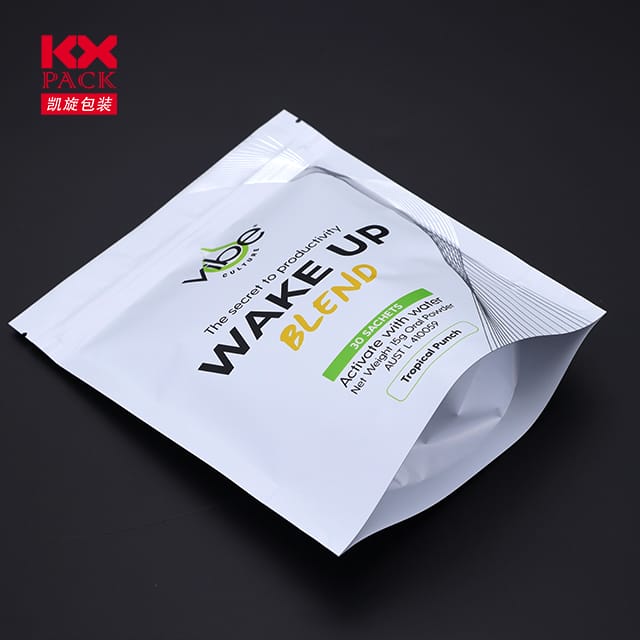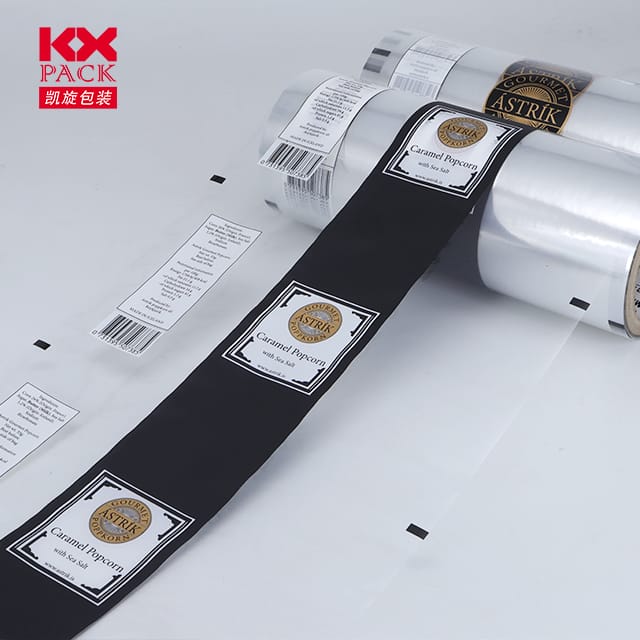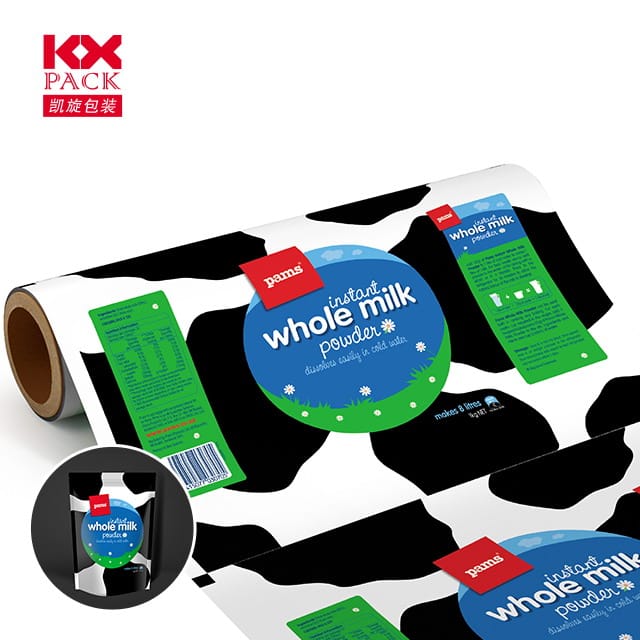Održiva rješenja za sigurnost hrane: Preispitivanje plastičnog filma za ambalažu hrane
Plastični film
Plastic film rolls are a staple in food packaging—protecting everything from fresh produce to baked goods, Osiguravanje svježine, i produljenje roka trajanja. Još, Njihova pogodnost dolazi po cijenu: Plastični filmovi za jednokratnu upotrebu značajno doprinose globalnom zagađenju, s milijardama tona začepljenih odlagališta, oceani, i ekosustavi. But what if we could reimagine this essential tool to balance functionality with environmental responsibility? Let’s explore how innovations in plastic film rolls for food packaging are paving the way for a greener future.
The Environmental Dilemma of Traditional Plastic Films
Most conventional plastic films are made from polietilen (PE), polipropilen (PP), or PVC—materials that take centuries to decompose. Even when recycled, these films often face contamination issues or lack proper collection infrastructure. Rezultat? Food packaging waste accounts for nearly 40% of global plastic production, much of it ending up as microplastics that infiltrate soil, water, and even our food chain.(Plastični film)
The Shift Toward Sustainable Alternatives
Srećom, the food packaging industry is evolving. Here’s how manufacturers are rethinking plastic film rolls:
- Biorazgradivi i kompostabilni filmovi
- Izrađene od plant-based materials like corn starch, šećerna trska, or algae, these films break down naturally in composting facilities within months.
- Ideal for short-shelf-life products (Npr., salads, sandwiches) where traditional plastic isn’t essential.
- Recycled Content Films
- Using Post-konzumator recikliran (PCR) plastični reduces reliance on virgin materials and diverts waste from landfills.
- Advances in recycling technology now allow for stronger, clearer films suitable for a wider range of food products.
- Edible and Water-Soluble Films
- Cutting-edge options include edible coatings (made from seaweed or starch) that protect food and can be consumed or discarded harmlessly.
- Water-soluble films dissolve in water, U potpunosti uklanjanje otpada.
- Reusable and High-Barrier Films
- Izdržljiv, multi-layer films designed for reusable containers (Npr., silicone lids or beeswax wraps) reduce single-use waste.
- High-barrier films (with oxygen or moisture control) extend shelf life, reducing food waste—a critical sustainability goal.
Balancing Functionality and Sustainability
While eco-friendly alternatives are promising, challenges remain:
- Koštati: Sustainable films often cost more to produce, though prices are dropping as technology scales.
- Performance: Some biodegradable films lack the strength or barrier properties of traditional plastic, limiting their use for certain foods.
- Infrastructure: Compostable films require industrial composting facilities, which are scarce in many regions.
Međutim, brands and consumers are driving change by:
- Ulaganje u R&D to improve film durability and affordability.
- Advocating for policy changes (Npr., extended producer responsibility laws).
- Choosing minimal, recyclable packaging where possible.
How Consumers Can Make a Difference
You don’t need to wait for perfect solutions to act:
- Support Brands Using Sustainable Films: Look for certifications like TÜV Austria’s OK Compost ili BPI (Biodegradable Products Institute).
- Reduce and Reuse: Opt for bulk purchases, reusable containers, or beeswax wraps to minimize film reliance.
- Pravilno reciklirajte: Clean and recycle PE/PP films where accepted (check local guidelines).
- Demand Transparency: Pressure companies to disclose film materials and end-of-life options.
The Future of Food Packaging: A Holistic Approach
Sustainable plastic film rolls are just one piece of the puzzle. The ultimate goal? Acircular economy where packaging is designed for reuse, recycling, or composting. This requires:
- Collaboration between governments, manufacturers, and consumers.
- Inovacija in materials science (Npr., mycelium-based films or lab-grown alternatives).
- Education to dispel myths about plastic’s necessity in food safety.
Your Role in the Transition
Every time you unwrap a snack or store leftovers, you have a choice. By supporting sustainable packaging, advocating for change, and reducing waste, you’re helping redefine the role of plastic film rolls in our lives.
Ready to rethink your food packaging habits? Share your favorite eco-friendly swaps or questions in the comments—let’s build a zero-waste kitchen together! 🌱🍴
Hashtags: #SustainablePackaging #PlasticFreeFuture #FoodWaste #GreenInnovation #CircularEconomy







